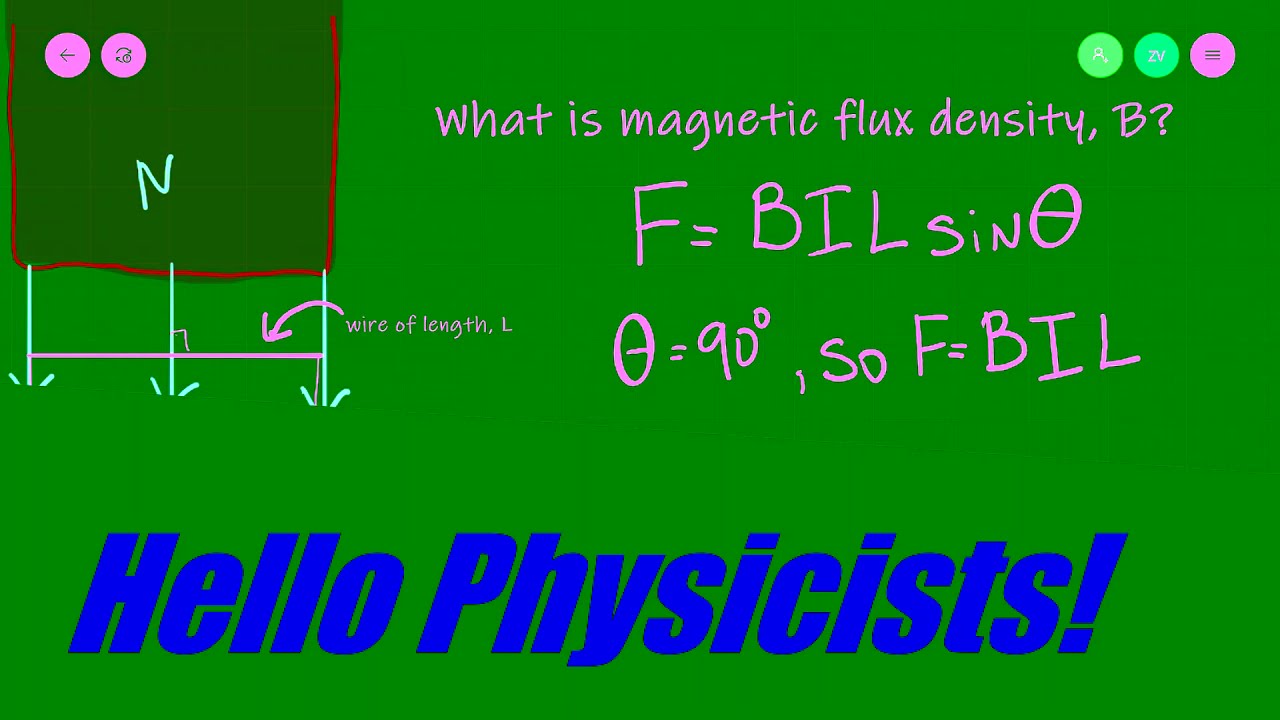Tesla flux is an important concept in the study of electromagnetism and magnetic fields. In this article, we will explore the definition of tesla flux, how it relates to other magnetic field quantities, and its practical applications.
Definition of Tesla Flux

- Tesla flux is a measure of the strength of a magnetic field over a specific area.
- It is defined as the amount of magnetic flux passing through a surface area when the magnetic field is perpendicular to that surface.
- The SI unit for magnetic flux is the tesla (T), which is equivalent to one weber per square meter (Wb/m²).
In short, tesla flux is a way to quantify the amount of magnetic field passing through a given area.
Magnetic Flux Density vs. Tesla Flux

- Magnetic flux density (B) and tesla flux are related, but not the same thing.
- Magnetic flux density refers to the amount of magnetic field within a particular volume of space, whereas tesla flux refers to the amount of magnetic field passing through a specific surface area.
- The two quantities are related by the formula B = Φ/A, where B is the magnetic flux density, Φ is the magnetic flux, and A is the surface area.
In essence, magnetic flux density describes the strength of the magnetic field within a certain volume, while tesla flux measures the strength of the magnetic field passing through a specific surface.
Calculating Tesla Flux
- To calculate tesla flux, you need to know the strength of the magnetic field and the area of the surface through which the field passes.
- The formula for tesla flux is Φ = BA, where Φ is the magnetic flux, B is the magnetic flux density, and A is the surface area.
- Note that the magnetic field must be perpendicular to the surface for this formula to be accurate.
In practical terms, you can calculate tesla flux by multiplying the magnetic field strength (in teslas) by the area of the surface (in square meters) through which the field passes.
The magnetic flux density unit “tesla” is indeed named after Nikola Tesla, the renowned Serbian-American inventor, electrical engineer, and physicist. Although technically tesla is not a unit of magnetic flux (which is measured in webers), it represents magnetic flux density per unit area.
The choice to name this unit after Tesla is a tribute to his significant contributions to the field of electromagnetism and his pioneering work with alternating current (AC) power systems. Tesla’s groundbreaking inventions and discoveries revolutionized the understanding and practical applications of electricity and magnetism.
During the late 19th and early 20th centuries, Tesla conducted extensive research on electromagnetic phenomena and made numerous key contributions to the development of electrical technology. His most notable achievement was the invention and promotion of AC power systems, which are used worldwide for the transmission and distribution of electricity.
Tesla’s work on AC systems involved generating and controlling high-frequency alternating currents, which required a deep understanding of magnetic fields and their interaction with conductors. He conducted experiments, developed devices, and formulated theories that laid the foundation for modern electrical power generation and transmission.
In recognition of Tesla’s immense contributions to the field, the International Electrotechnical Commission (IEC) decided to honor him by naming the unit of magnetic flux density after him. The tesla was officially adopted as a unit of measurement in 1960, establishing it as an internationally recognized standard.
By associating Tesla’s name with this unit, researchers and engineers pay homage to his innovative spirit and the impact he had on the field of electromagnetism. It serves as a reminder of his visionary ideas and his role in shaping the world’s electrical infrastructure.
In summary, while the tesla is technically a unit of magnetic flux density per area rather than magnetic flux itself, it is named after Nikola Tesla due to his groundbreaking contributions to the field of electromagnetism, particularly his work with AC power systems. The decision to honor Tesla in this way recognizes his pioneering efforts and serves as a symbol of his enduring legacy in the field of electrical engineering.
Applications of Tesla Flux

- Tesla flux has a wide range of practical applications, including in electrical engineering, physics, and materials science.
- In electrical engineering, tesla flux is used to design and analyze electric motors, generators, transformers, and other devices that rely on magnetic fields.
- In physics, tesla flux plays a role in understanding the behavior of charged particles in magnetic fields, as well as in the study of superconductivity.
- In materials science, tesla flux helps researchers understand how different materials respond to magnetic fields and can be used to develop new materials with unique properties.
Some specific examples of applications of tesla flux include:
- Designing and testing MRI machines, which rely on strong magnetic fields to produce detailed images of the body’s interior.
- Analyzing the behavior of plasma in fusion reactors, where strong magnetic fields are used to contain and manipulate the plasma.
- Studying the properties of superconductors, which can conduct electricity with zero resistance when subjected to a strong enough magnetic field.
- Developing new materials for electronic devices, such as magnetic memory storage or spintronics.
Conclusion
In summary, tesla flux is an important concept in the study of electromagnetism and magnetic fields. It measures the strength of a magnetic field passing through a specific surface area and is related to other magnetic field quantities like magnetic flux density. By understanding tesla flux and its applications, we can better design and analyze a wide range of electromagnetic devices and materials.


